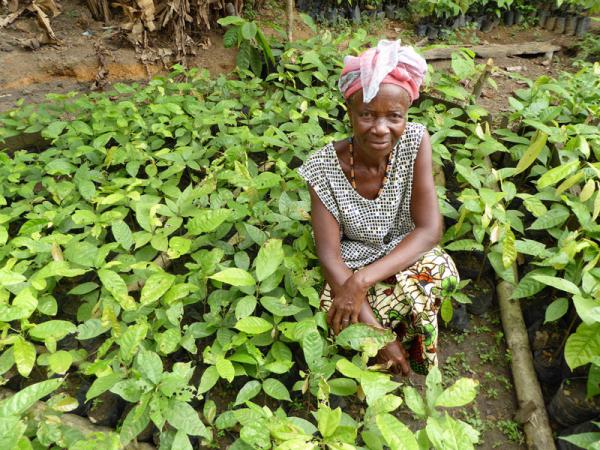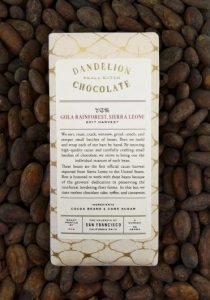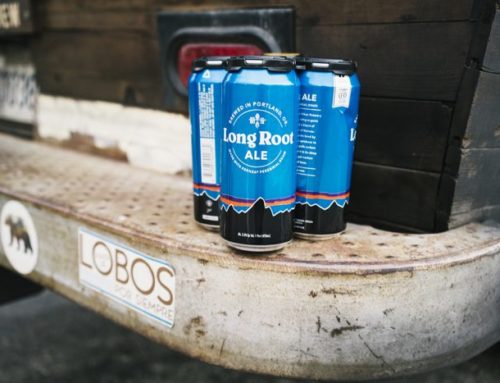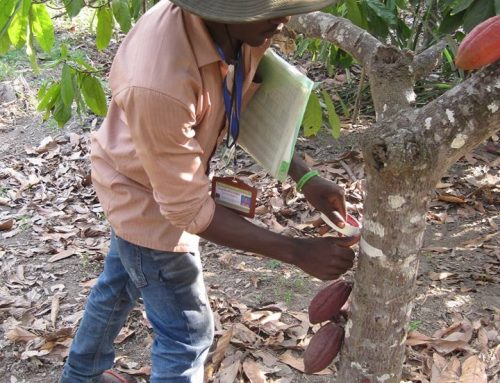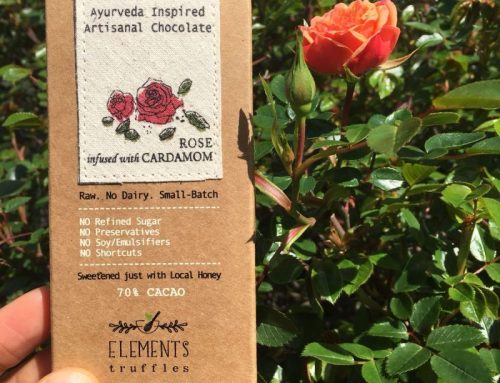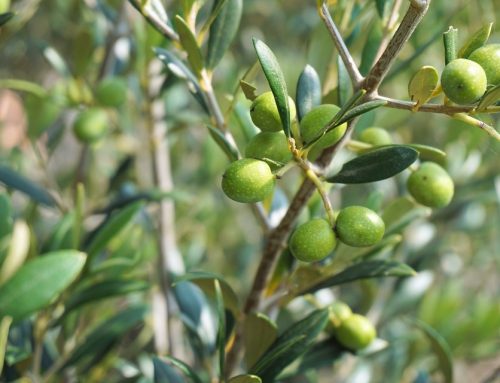Has anyone seen a bean-to-bar chocolate made from cacao from Ivory Coast? It’s a legitimate question. We may have seen one from Bonnat at one point, but not anything else. It’s telling that the Ivory Coast, the world’s largest cacao producing nation is absent from the craft chocolate scene. This is because cocoa from West Africa has become synonymous for labor and environment abuses. The large multinationals that control much of the global cocoa trade like Mondelez and Nestle primarily source from Ivory Coast. This also adds to the stigma for bean to bar makers eager to always distinguish themselves from these large players. However, one promising project and a big-name craft maker could change all that.
Dropping Prices, Continued Abuses
West Africa’s bad reputation for deforestation and labor abuses is certainly deserved. However, some producers are doing it right and there are several bean-to-bar producers who use Ghanian cacao. Ghana is the world’s second largest cacao producer (behind Ivory Coast), exporting nearly 800,000 tons per year. While not as problematic as it’s neighbor Ivory Coast, which exports nearly 2 millions tons per year, abuses still abound there. Solidaridad’s annual report notes falling cacao prices have driven deforestation in West Africa, as farmers seek to expand their income by volume to offset lower prices. As NGOs and industry groups continue to try to address the abuses in West Africa, many craft producers avoid the region altogether. If these buyers who can pay the highest prices aren’t interested, this can compound the problem.
Hope on the Horizon
One recent effort to use high-quality cacao production to improve livelihoods and promote conservation has provided a glimmer of hope for the region as a whole. A partnership between Twin and Twin, a British development organization, and the Royal Society for the Protection of Birds (RSPB) was recently launched to develop specialty cacao from the Gola Forest Reserve in Sierra Leone. Sierra Leone, in West Africa, is a longtime rubber producer and ravaged by civil war in the 1990s and early 2000s. It’s not on the cacao map and it’s a country in a troubled region that’s especially prone to bad news.
The idea behind the effort was that if locals who lived around the reserve could improve their livelihoods, they wouldn’t be into the reserve in search of food or income. Local people make more money and the forest is preserved. A win-win. However, not one without it’s challenges. Twin and Twin and RSPB, with the help of cacao scholar Dr. Kristy Leissle and no small efforts on the part of the farmers themselves, were able to produce high-quality cacao. They also worked extensively with the local farming community to implement forest conservation and gender equality practices into their work.
A First
However, this was not the end of the story. Getting this to the specialty buyers who could pay top dollar was a real challenge. Most players in the craft chocolate industry didn’t want anything to do with a West African beans, much less a new crop from a country still recovering from a devastating civil war. Thankfully, those attitudes seem to be changing. The buyer for this unique cacao turned out to be Greg D’Alessandre, buyer for Dandelion Chocolate.
Recently Released the first-ever Gola Rainforest Sierra Leone bar. Not only was this purchase huge for the initiative, the farmers and the forest itself, it’s encouraging consumers and competitors alike to think differently about West African cocoa. A more nuanced approach to the region can benefit everyone. Rather than avoiding an entire region for risk of participating in exploitation or deforestation, tracking down those doing it right can have a huge impact and introduce new flavors and origins to the market.

